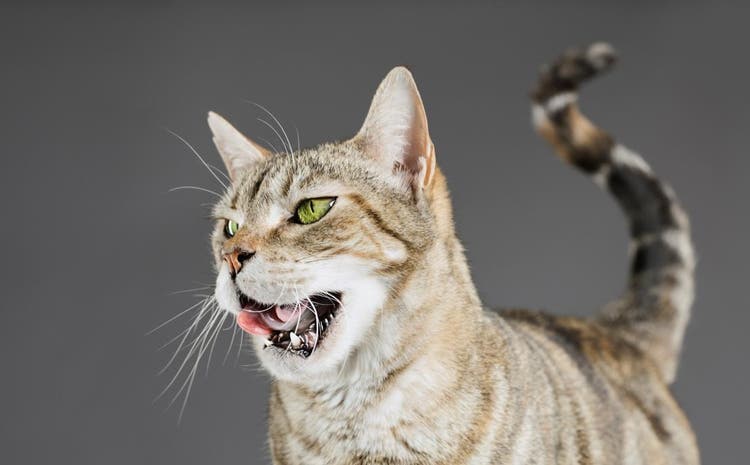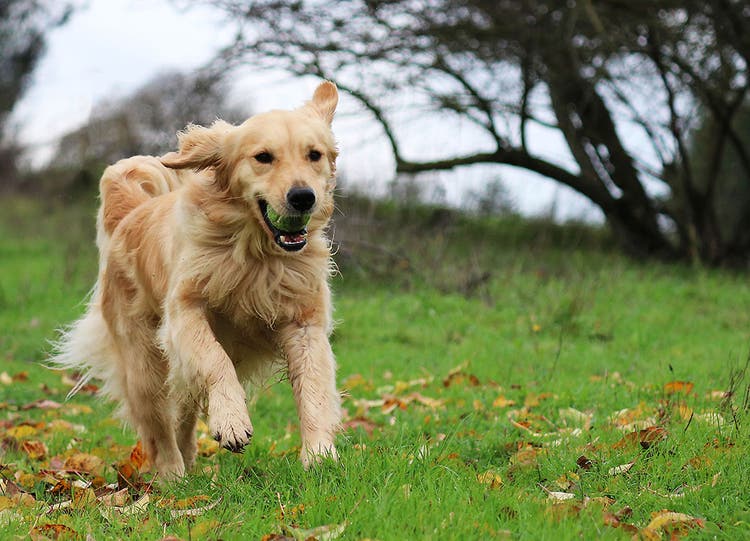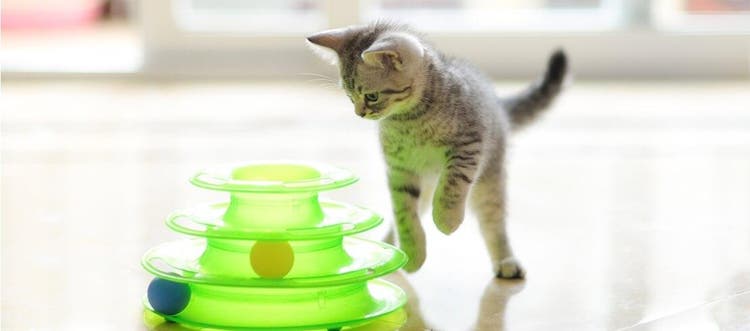Heat stroke is dangerous – and can even be deadly. Learn how to protect your dog or cat from overheating during the summer months.
Heat stroke is a life-threatening condition that occurs when your pet’s body temperature is extremely high, usually greater than 41°C. It can result in a body-wide inflammatory response and can lead to multiple organ failure.
Heat stroke in pets is most common in the summer when conditions are hot and humidity is high, but it can also occur during strenuous physical activity or exercise.
Signs of heat stroke in dogs and cats
Heat stroke can vary from mild to life threatening. A high body temperature damages cells and causes a systemic or whole-body inflammatory response, damaging vital organs including the liver, kidneys and brain. Symptoms of heat stroke include:
- Rapid breathing or panting: although common in dogs, panting is rare and unusual in cats, but can occur with heat stroke
- Vomiting
- Diarrhea
- Abnormal bleeding: red lesions on the skin caused by small broken blood vessels, blood in vomit, blood in feces
- Increased heart rate
- Muscle tremors
- Disorientation and restlessness
- Seizures
- Collapse
Causes and factors of heat stroke in pets
Several situations and factors can put your pet at risk of heat stroke, including:
- Being confined in a car, even if the windows are open and the car is parked in the shade
- Being confined without access to shade or water
- Overexertion on a very hot and humid day
- Obesity
- Cardiac and/or respiratory disease
- Age – old and very young animals are most at risk
- Thick or heavy coats
- Short-faced (brachycephalic) breeds, such as Bulldogs, Pugs and Boston Terriers, all of which use more energy panting and have smaller nasal passages.
Treatment of heat stroke in dogs and cats
Seek veterinary attention immediately if you suspect heat stroke. Early treatment improves the chance of survival.
To help treat your pet for symptoms of heat stroke on the way to the veterinarian, follow the following steps:
- Lower your dog’s or cat’s body temperature gradually.
- Cool your pet with a wet towel or cool but not cold water to avoid shock, then fan them to allow for evaporative cooling. Turn the air conditioner on in your car as you drive to the veterinarian.
- Don’t place any animal with possible heat stroke into an ice-cold bath. Rather than lowering body temperature, rapid cooling can minimize heat loss and worsen heat stroke. Placing animals into an ice-cold bath can also cause hypothermia. Heat stroke compromises the body’s ability to regulate its temperature, so animals suffering heat stroke that are cooled to a hypothermic state may not be able to re-establish a normal temperature, which can be fatal.
How to prevent heat stroke in dogs and cats
To maintain a normal body temperature, pets lose heat through evaporative cooling, similar to how humans lose heat when we sweat. Dogs and cats can sweat through their paw pads, but as this is a small surface area it is ineffective for heat loss, particularly in excessive heat. Other common ways pets lose heat to cool themselves off include:
- Salivation and panting - Dogs use this method of panting to lose heat. Taking fast, shallow breaths maximizes the airflow over the moist surfaces lining their nasal cavity and mouth. Heat is expelled through evaporative cooling as the moisture leaves these surfaces and is exhaled.
- Licking - Cats also rely on evaporative cooling to lose heat. Instead of panting, however, they moisten their coat with saliva by licking themselves.
These mechanisms of losing heat become ineffective when the humidity in their environment exceeds 80 per cent.
Take the following precautions to help prevent heat stroke in your pet:
- Ensure pets have access to shade, ventilation and fresh drinking water. For pets that often tip over their water bowl, choose one made of heavy material (for example, in ceramic) and provide more than one source of water. Make sure the water is refreshed regularly.
- Bring pets indoors into air conditioning on extremely hot days, and/or provide covered shelter outside.
- Provide access to water for cooling off in the shade, like a dog wading pool or a wet towel to lie on. Always supervise animals in a wading pool.
- Use pet sunscreen designed for pets or protective clothing. Never use human sunscreen, as some of the ingredients can be toxic to pets.
Heat stroke isn’t the only danger pets can face during the summer months. Hot summer days are prime times for fleas, ticks and other biting insects that transmit harmful diseases. Protect your pets from the pain and irritation of these parasites and their associated diseases with The Advantage® II family range of products. Regular treatments can help keep your pets safe all summer long.

Advantage®II for Cats & Dogs
Advantage®II is a fast-acting flea treatment for cats, dogs, rabbits and ferrets









